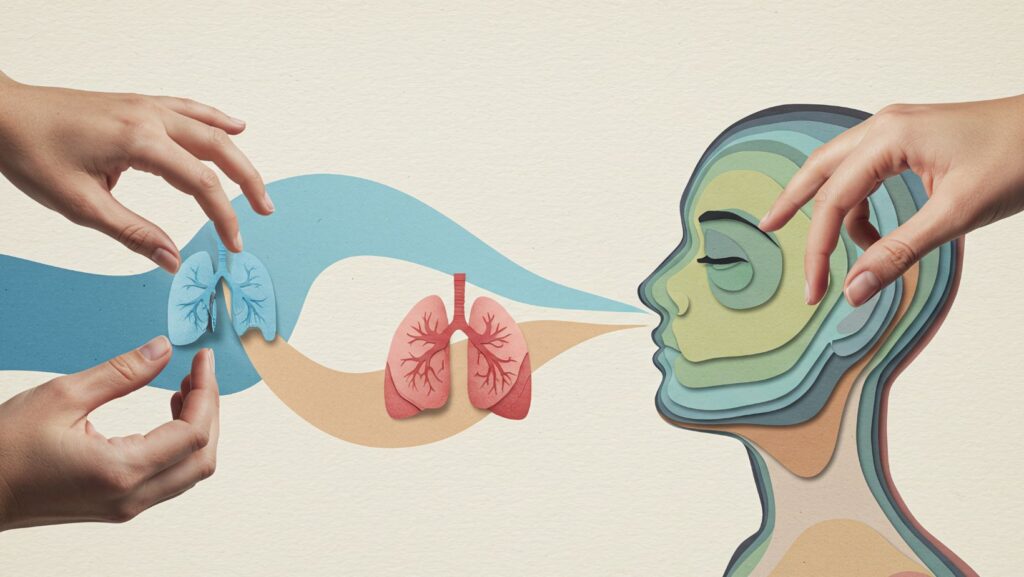The pursuit of health often becomes another source of stress. You are told to follow specific diets, hit exact step counts, and maintain unwavering discipline. Yet despite these efforts, many people feel exhausted, unfulfilled, or worse than before. The missing piece isn’t willpower – it is integration.
What Does a Healthy Lifestyle Really Mean?
Health has become synonymous with rigid diets and intense workouts, but this narrow definition misses the point. True wellness is much more than just what you eat or how many times you exercise each week. It includes mental clarity, emotional resilience, sleep quality and the ability to sustain these efforts without burning out.
Mental health deserves equal importance in your daily routine. The stress you carry, the quality of your relationships, and your sense of purpose directly impact your physical health. When you ignore these dimensions, even the most disciplined fitness regiment feels hollow. You are not aiming for an Instagram-worthy routine; you’re building something you can maintain for years without resentment.
Creating Routines That Work For You
When basic elements of your day follow a predictable rhythm, your mind relaxes. You have fewer decisions to make, more mental bandwidth for what matters, and improved emotional stability. Consistency bears intensity every time.
Morning and evening rituals anchor your day. A morning routine might include hydration, movement, or quiet reflection; whatever preps you mentally for the hours ahead. An evening ritual signals to your body that it is time to wind down, supporting better sleep. These bookends don’t need to be elaborate as ten minutes matters more than an hour of inconsistent effort.
Prioritizing Rest as Part of Productivity
Rest is the foundation upon which everything operates. Sleep fuels creativity, sharpens focus, and stabilizes your emotions. Without adequate rest, even your best intentions crumble. Here is what supports better recovery:
- Sleep hygiene fundamentals: Keep your bedroom cool and dark, maintain a consistent sleep schedule, and reduce screen time an hour before bed. Quality sleep directly influences your mood, decision-making and immune function.
- Midday recovery breaks: Step outside, stretch, or sit quietly for five minutes. These pauses reset your nervous system and prevent afternoon energy crashes.
- Downtime without guilt: Watching a show, reading, or simply doing nothing counts as progress. Downtime is when your mind processes, consolidates memories, and restores itself.
Moving with Intention
Exercise serves multiple purposes beyond looks. Walking, stretching, dancing or any movement that feels good relieves mental tension and promotes clarity. The goal is energy and function, not a specific appearance.

The difference between exercising for looks versus for energy is psychological. One approach breeds resentment; the other builds enthusiasm. When you move because it makes you feel better mentally and physically, consistency becomes effortless. Physical activity processes stress hormones, improves mood and gives you space to think. For people dealing with tension-related issues like migraines, movement paired with professional support such as a migraine chiropractic can provide relief and reduce frequency of episodes.
Building Your Sustainable Wellness Practice
A balanced lifestyle emerges through intention, not intensity. Choose one area to focus on – perhaps sleep, movement, or mindfulness. Once that element becomes automatic, add another. This approach builds lasting change because you are working with your nature, not against it. Consistency matters more than perfection. The life you want to build is constructed through small, repeated choices, day after day.
